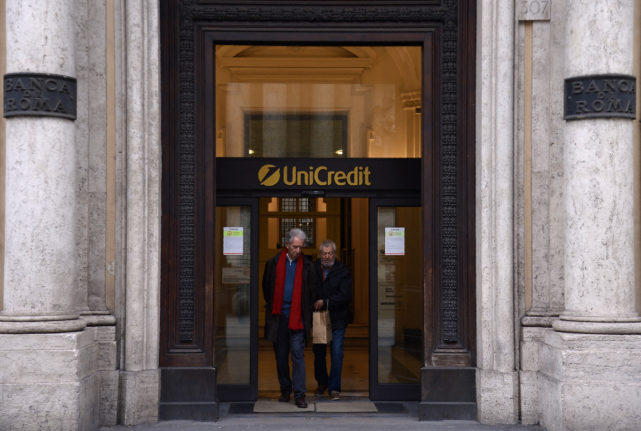The lower house passed the budget by 355 votes to 45 just one day before the end-of-year deadline, after approval from the Senate came last week.
The budget reduces income and business taxes by some 7.5 billion euros in 2022, cutting the number of income tax bands from five to four as previously agreed.
It also sets aside almost four billion euros to shield consumers from soaring utility bills from January, and extends current generous subsidies on energy-saving home improvements under the ‘building bonus‘ scheme.
READ ALSO: Rising energy prices: How to save money on your bills in Italy
After months of uncertainty for homeowners amid speculation as to how this scheme would continue into 2022, the superbonus on single-family homes was approved.
More of Italy’s numerous tax ‘bonuses’ have also been extended and, in some cases, increased. Authorities have given the green light to raise the ceiling of deductible expenses for the furniture bonus, for example, from €5,000 to €10,000.
The new budget assumes Italy’s gross domestic product will grow by 4.7 percent in 2022, Reuters reports.




 Please whitelist us to continue reading.
Please whitelist us to continue reading.
Member comments